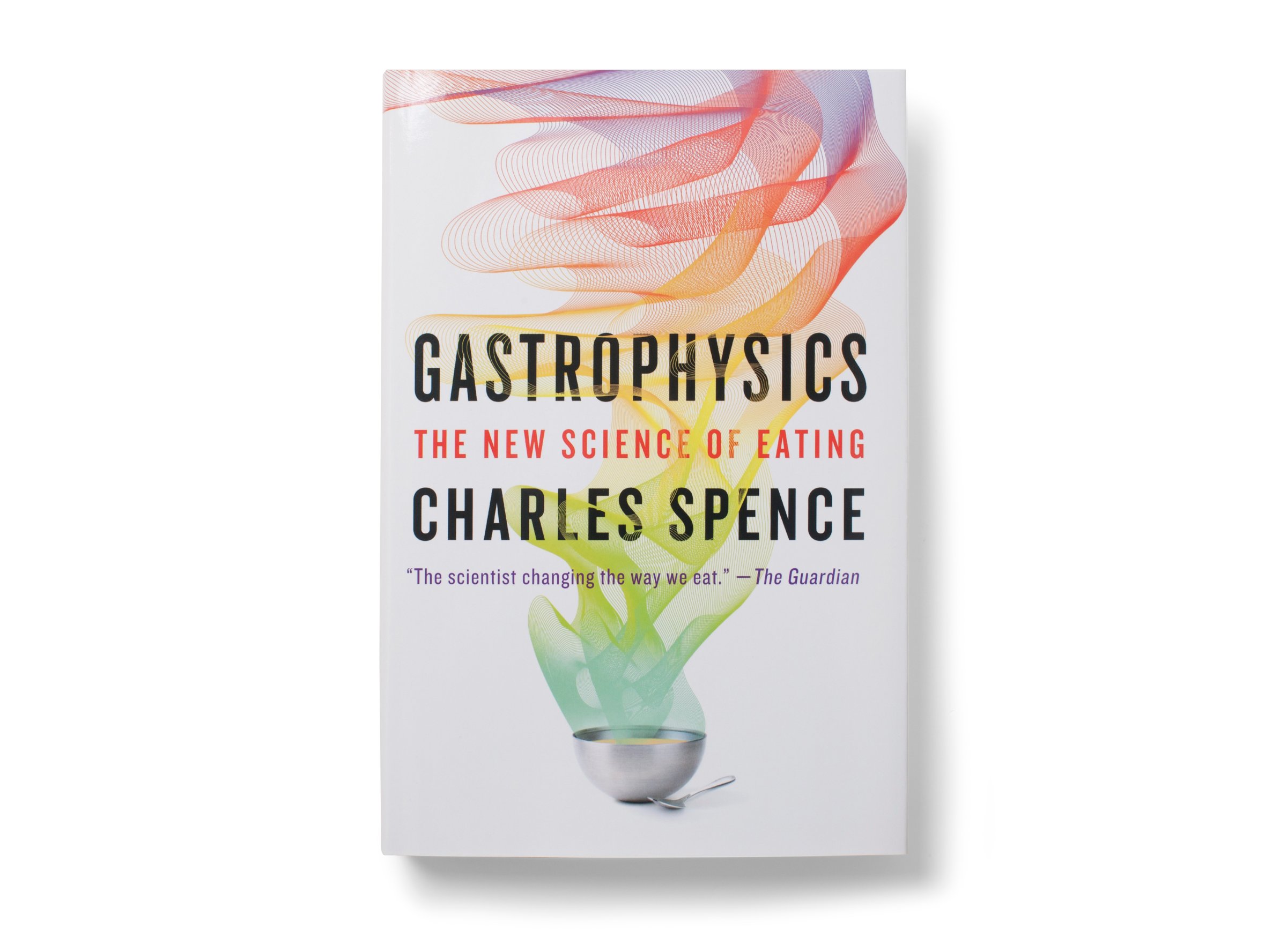
A truly great meal is about so much more than the flavors that touch our tongues–including the napkins, the lighting, the company we’re with. In Gastrophysics: The New Science of Eating, University of Oxford psychology professor Charles Spence examines the way our five senses, as well as our emotional states and expectations, influence how we experience food. Drawing on his own research and others’, Spence offers simple adjustments that can enhance dining pleasure.
Decorate your surroundings.
The secret ingredient to your signature lasagna can be how you set the table. When researchers set up two dining areas–one with Italian posters and checkered tablecloths, and one with white tablecloths and plain walls–patrons in the decorated setting judged the pasta dishes to be more authentically Italian than those in the neutral setting.
Cue sweetness with shape.
Chocolate maker Cadbury faced complaints when it changed the shape of its Dairy Milk bar from rectangles to rounds in 2013–not because of the look, but because the new treats were too sweet. But the company hadn’t altered the recipe; consumers just thought it had, because we perceive food presented in round shapes (whether a candy bar, beetroot jelly or chocolate shavings on a latte) to be sweeter than angular shapes.
Pop the lid off your coffee.
In order to fully experience your food–including a jolt of java–you need to smell as well as taste it. The lid on a to-go cup of coffee puts a barrier between that invigorating fresh-ground scent and the part of your brain that forms expectations of what you’re about to enjoy. Without what’s called orthonasal information, your coffee may taste the same way it does when you have a cold–weak.
Listen.
Spence calls sound “the forgotten flavor sense” and says it is essential to a pleasurable dining experience. He found that, for instance, enhancing the sound of a potato-chip crunch impacted its perceived freshness. Some suggestions to add crunch in Gastrophysics: sprinkle croutons or toasted seeds over a salad just before serving. (Those who hate the sound of others’ chewing, beware.)
More Must-Reads From TIME
- The 100 Most Influential People of 2024
- Coco Gauff Is Playing for Herself Now
- Scenes From Pro-Palestinian Encampments Across U.S. Universities
- 6 Compliments That Land Every Time
- If You're Dating Right Now , You're Brave: Column
- The AI That Could Heal a Divided Internet
- Fallout Is a Brilliant Model for the Future of Video Game Adaptations
- Want Weekly Recs on What to Watch, Read, and More? Sign Up for Worth Your Time
Write to Lucy Feldman at lucy.feldman@time.com